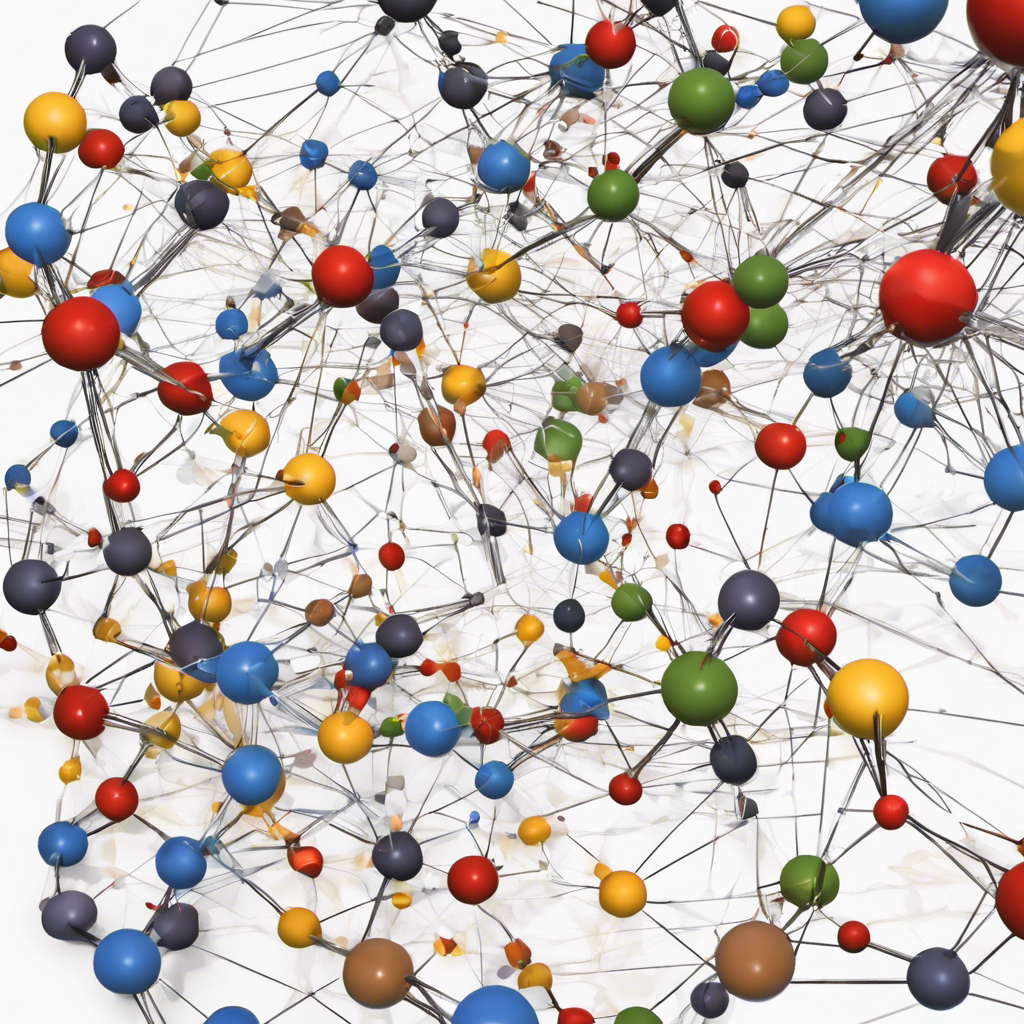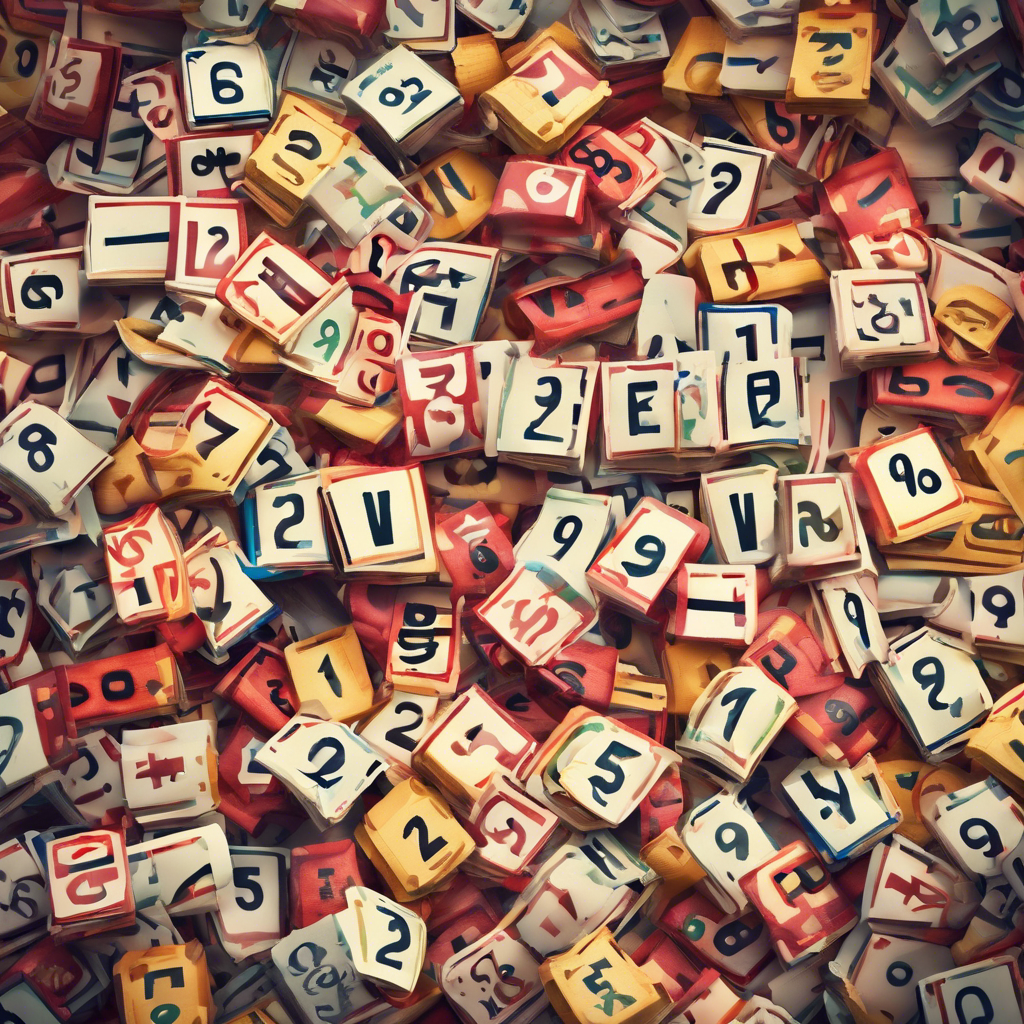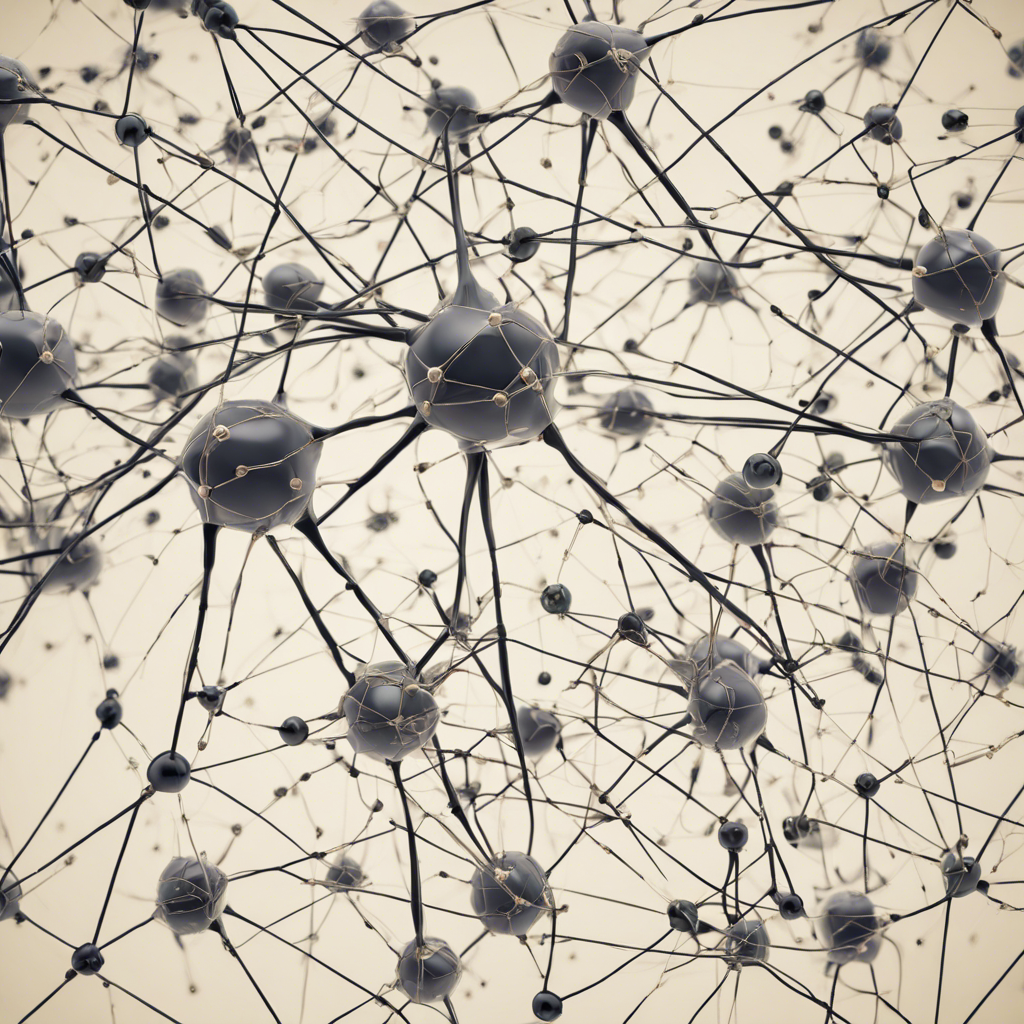Mathematicians and Computer Scientists Uncover Surprising Connections in Combinatorics
In the realm of mathematics, combinatorics has long been a captivating field, exploring the art of counting and arranging objects. Within this domain lies graph theory, a branch that delves into the intricate relationships between nodes and edges. Recently, a series of groundbreaking discoveries has shed new light on the connections between combinatorics and other mathematical disciplines, captivating the minds of mathematicians and computer scientists alike.
Unraveling the Enigma of Evenly Spaced Progressions
In February, computer scientists Zander Kelley and Raghu Meka made waves in the mathematical community with their unexpected breakthrough on a classic combinatorics problem. Their research focused on determining the maximum number of integers that could be placed in a bucket without creating evenly spaced progressions. By surpassing the previous upper bound, Kelley and Meka broadened our understanding of the limitations and possibilities within combinatorial arrangements.
The Union-Closed Conjecture: A Google Researcher’s Return to Mathematics
In November 2022, Justin Gilmer, a former mathematician turned Google researcher, rekindled his passion for combinatorics by solving the union-closed conjecture. This conjecture explores families of sets that remain closed under union operations. Gilmer’s proof unveiled a profound connection between randomness and structure, utilizing information theory to demonstrate that a union-closed family must contain at least one number appearing in at least half of the sets. His work exemplifies the power of randomness as a tool for inferring mathematical structures.
Intricate Simplicity: Filling Infinite Grids with Distinct Patterns
In April, Bernardo Subercaseaux and Marijn Heule presented an astonishing revelation: an infinite grid can be filled with numbers in a way that ensures the distance between two occurrences of the same number is greater than the number itself. This unexpected result challenges conventional expectations and highlights the delicate balance between complexity and simplicity within combinatorial arrangements.
The Enigmatic World of Intransitive Dice
Intransitive dice, a peculiar concept in combinatorics, have captured the attention of mathematicians for their counterintuitive properties. Erica Klarreich explored the prevalence of intransitive dice, sets of three dice where each die is more likely to beat one die but lose to another. A recent study demonstrated that even with knowledge of the outcomes between two dice, predicting the outcome of a head-to-head matchup remains uncertain, emphasizing the intriguing nature of these seemingly paradoxical objects.
Conclusion:
The recent advancements in combinatorics and graph theory have unveiled a world of complexity and intrigue. From breaking long-standing bounds on evenly spaced progressions to uncovering the relationship between randomness and structure in union-closed families, mathematicians and computer scientists continue to push the boundaries of our understanding. As we delve deeper into the mysteries of combinatorics, we are reminded of the intricate patterns and unexpected connections that lie within the realm of mathematics, inspiring us to explore further and unravel the secrets that await.











